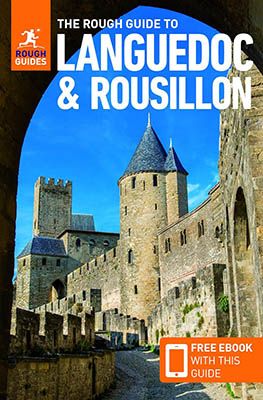The border region between Spain and France has a tumultuous history. The Pyrenees massif serves as a natural barrier between the two countries. In the eastern part of this mountain range, we find Catalonia, a region with its own unique culture, history, and language. With 300 sunny days a year, the atmosphere here is warm and Mediterranean. The Mediterranean Sea provides a refreshing coolness, accompanied by tapas and sangria. This area is characterised by authentic villages, relaxed beach life, and numerous attractions. We describe a varied eight-day round trip in the French part of Catalonia, offering a mix of city, beach, and mountains.
In this blog ...
- Day 1: Perpignan, the Heart of French Catalonia
- Days 2 to 4: Saint-Cyprien and Canet-en-Roussillon
- Day 5: Collioure, Picturesque Coastal Town on the Vermilion Coast
- Days 6 and 7: Heading to the Pyrenees in French Catalonia
- Day 8: Back in the Capital of French Catalonia
- Route map of our round trip through French Catalonia
- Answers to practical questions about visiting French Catalonia
- Other topics you may be interested in
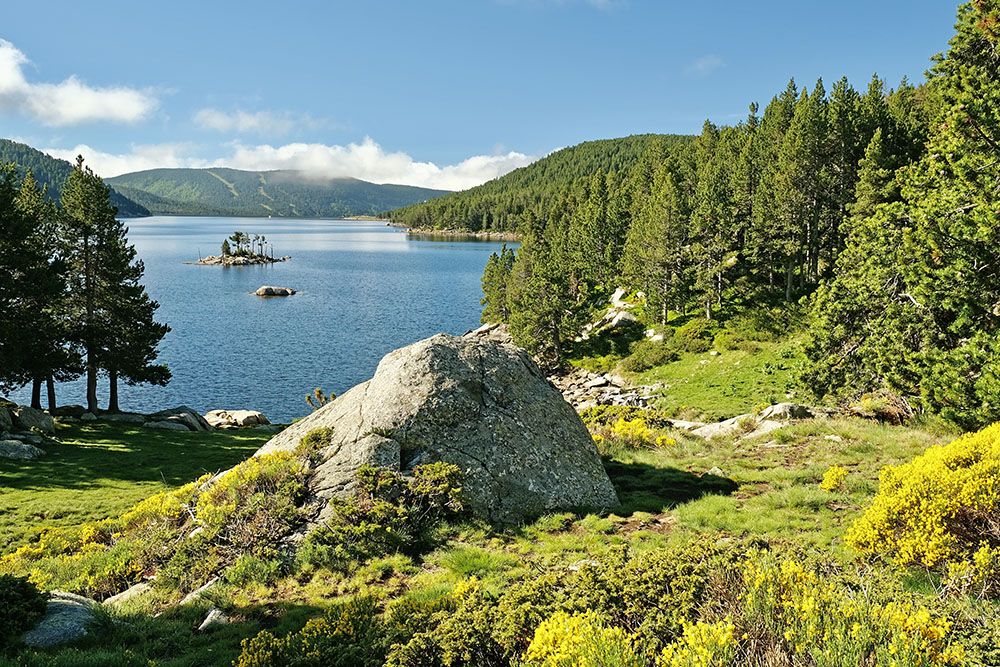
Day 1: Perpignan, the Heart of French Catalonia
In the distant past, Perpignan was the capital of all Catalonia. Today, it is the capital of French Catalonia. The city serves as a good base for a tour of this area, with a train station, an airport, and plenty of hotels available. It’s an ideal place to start a round trip.
The old town of Perpignan is a great location to settle into this region. The city has a relaxed atmosphere, and the narrow streets in the centre are delightful to explore. The old buildings tell the story of the past, such as the Palace of the King of Mallorca, a nod to Perpignan’s former status as a capital.
We suggest using this city as both a starting and ending point, allowing time to leisurely visit the main attractions. Within the old town, everything is easily reachable on foot, which is quite convenient. For more detailed information about the city and its most beautiful sights, we refer you to our separate blog about Perpignan.
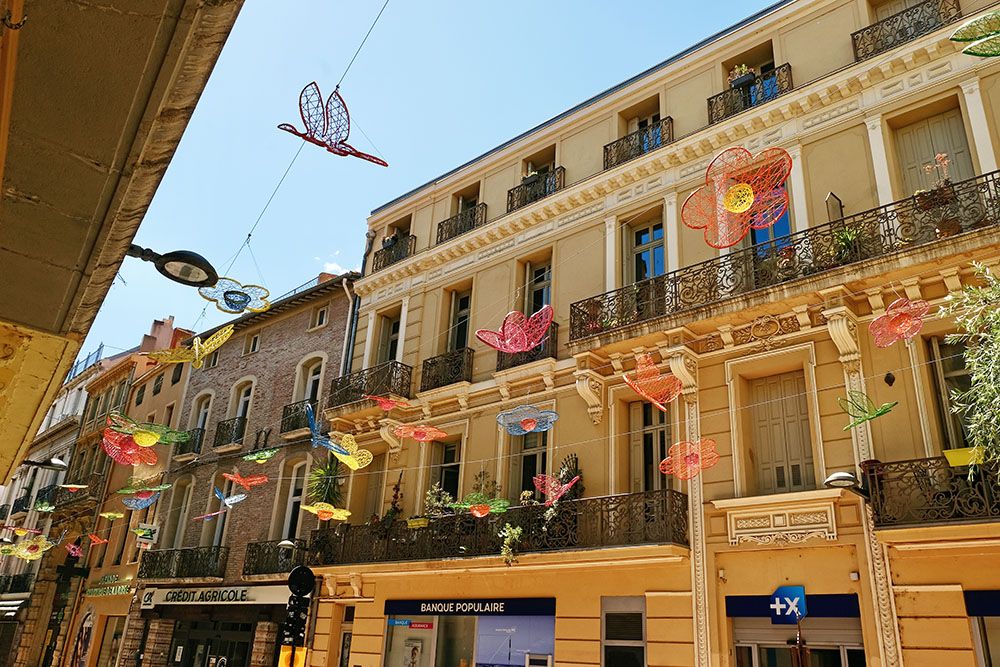
Days 2 to 4: Saint-Cyprien and Canet-en-Roussillon
The coast near Perpignan conjures images of busy beaches and large campsites for many Dutch visitors. This image particularly pertains to Argèles-sur-Mer, where it can indeed be chaotic in the summer. However, there are alternatives to avoid mass tourism, such as the towns of Saint-Cyprien and Canet-en-Roussillon. Therefore, we have chosen these places as the next stops on our journey.
Saint-Cyprien, a Relaxed Place with Active Opportunities
From Perpignan, it’s just a half-hour drive to Saint-Cyprien. Along the wide beach, we easily find a free parking spot at the end of June. In front of the hotel on the boulevard, a well-attended weekly market is taking place, where local produce is available for market visitors.
A wide promenade runs along the beach, complete with a lovely cycle path. Cycling proves to be an excellent way to explore the area.
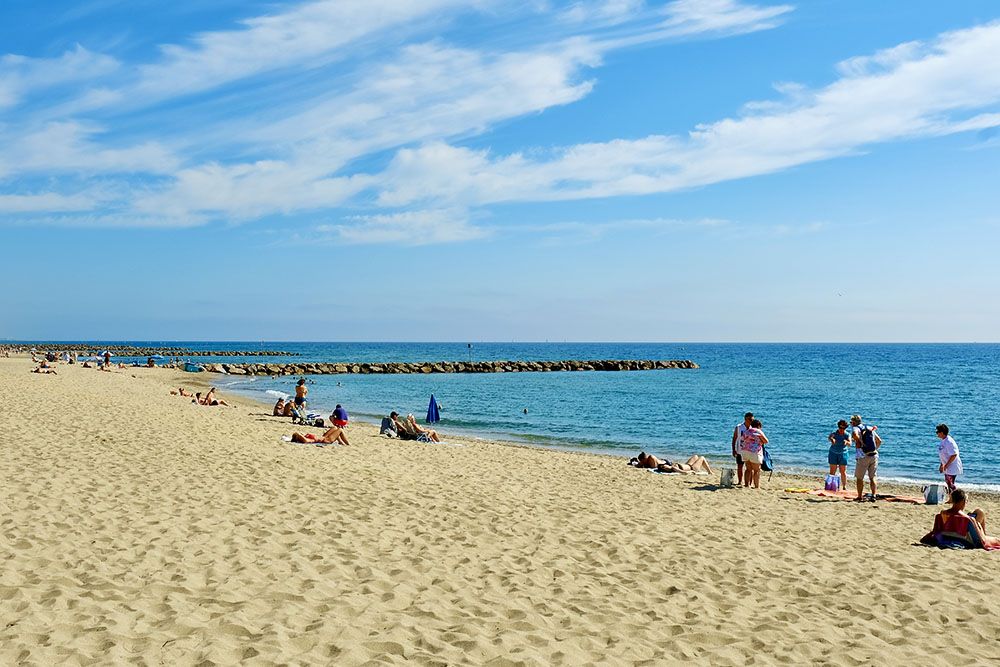
In French Catalonia, You Can Also Cycle on the Sea!
This phenomenon comes from New Zealand: the hydrobike, an electric bike designed for water. You can rent such a bike on the beach.
At the beach of Saint-Cyprien, the first ‘cycle path on the sea’ has been created, stretching two kilometres. ‘Sea cycling’ doesn’t look particularly easy; maintaining balance is the key skill required. However, once you get the hang of it, it feels fantastic, according to the instructor. The advice is to take a half-hour lesson with an instructor, who will accompany you onto the water.
Unique indeed, a ride on an electric bike along a cycle path in the sea.
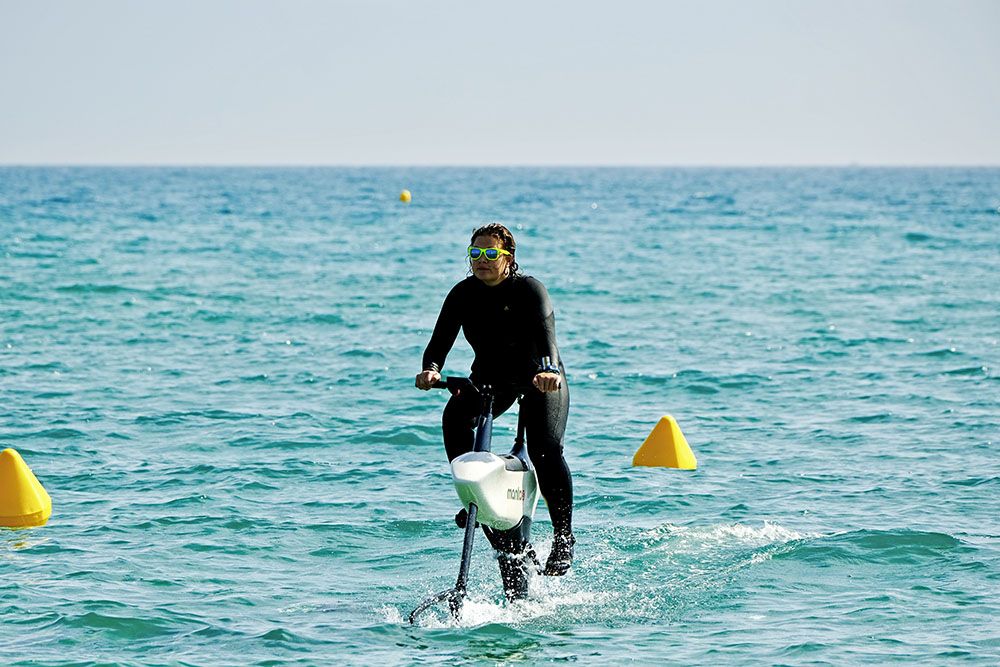
What to See and Do in Saint-Cyprien
As an active person over fifty, you probably don’t want to spend the entire day lounging on the beach. It’s nice to have some activities to engage in. In Saint-Cyprien, there are several options available:
Stroll through the old town of Saint-Cyprien. Here, you’ll find plenty of charming shops and galleries. There’s even a small museum featuring an exhibition by the painter François Desnoyer. At the end of the afternoon, take a seat at a café terrace and watch as the village gradually comes to life. It’s a friendly and tranquil little village that can be easily reached from the beach by bike in just 15 minutes.
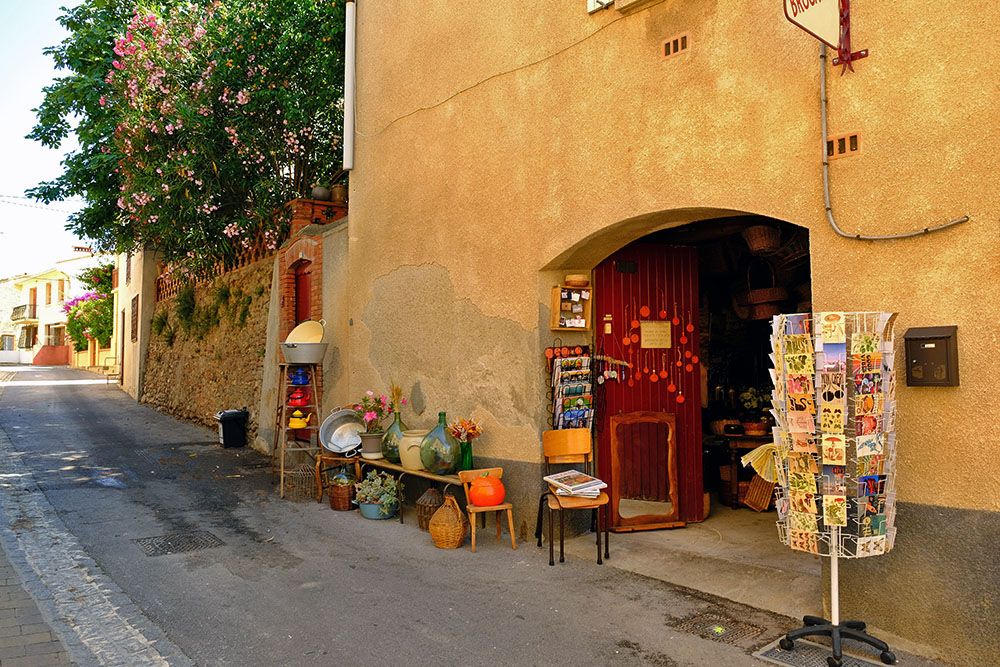
Visit the Jardin des Plantes, or the botanical garden. This lovely garden can be a refreshing spot on a warm day, featuring a large bamboo grove with many varieties of this plant.
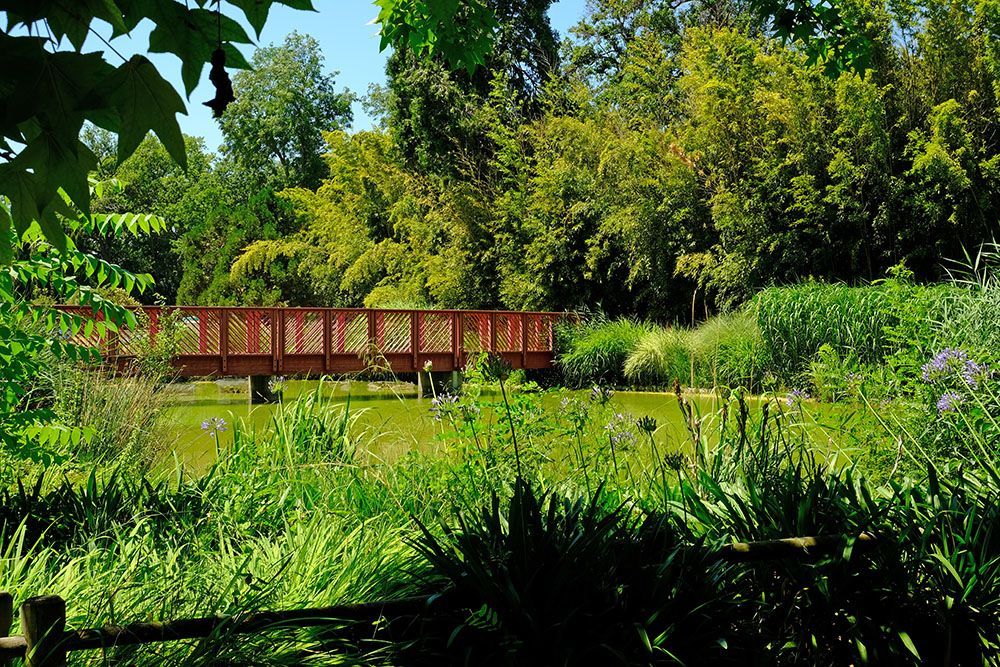
From the harbour, it’s possible to rent a (electric) boat and take a cruise in the lagoon of Saint-Cyprien. Here, you’ll find various holiday homes and a hotel. In just an hour, you can enjoy a delightful trip in this area. From the harbour, you can also go sea fishing. We see a large tuna that was caught that very morning, and on the quay, the nets are being prepared for the next catch.
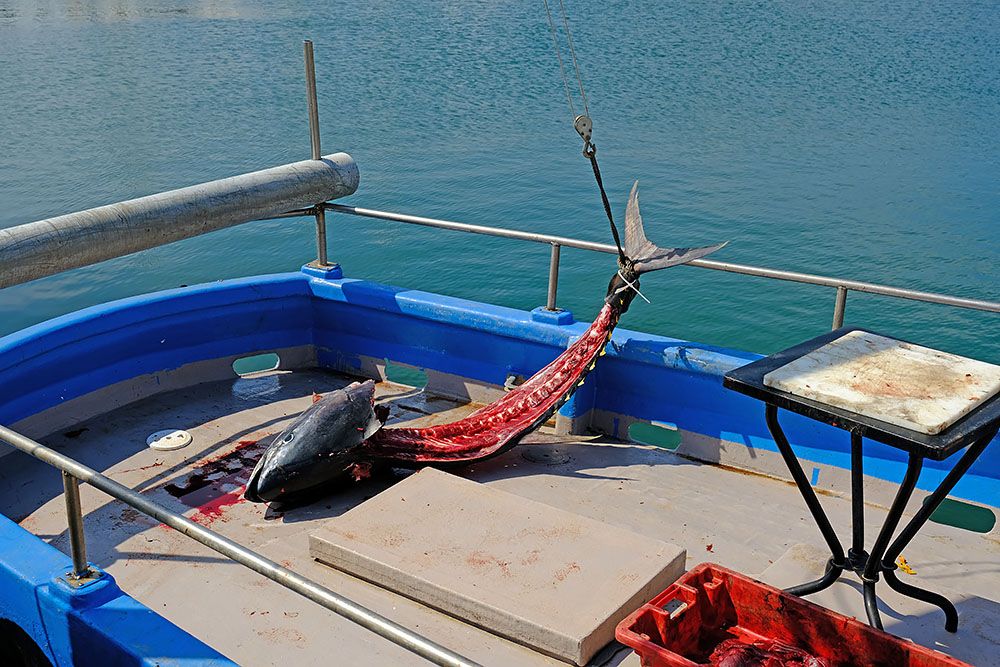
Additionally, you can also dive, play golf, walk, and cycle on the 80 kilometres of cycle paths available here. On the beach, there are several ‘clubs’ where you can enjoy good food and relax on comfortable sunbeds while taking in the beautiful Mediterranean coastline.
We find Saint-Cyprien a suitable place to stay for a few days and from there visit Canet-en-Roussillon. Outside the peak season, it’s a quiet place with a pleasant atmosphere. If you’re looking for more liveliness and entertainment, Canet-en-Roussillon could be a good choice.
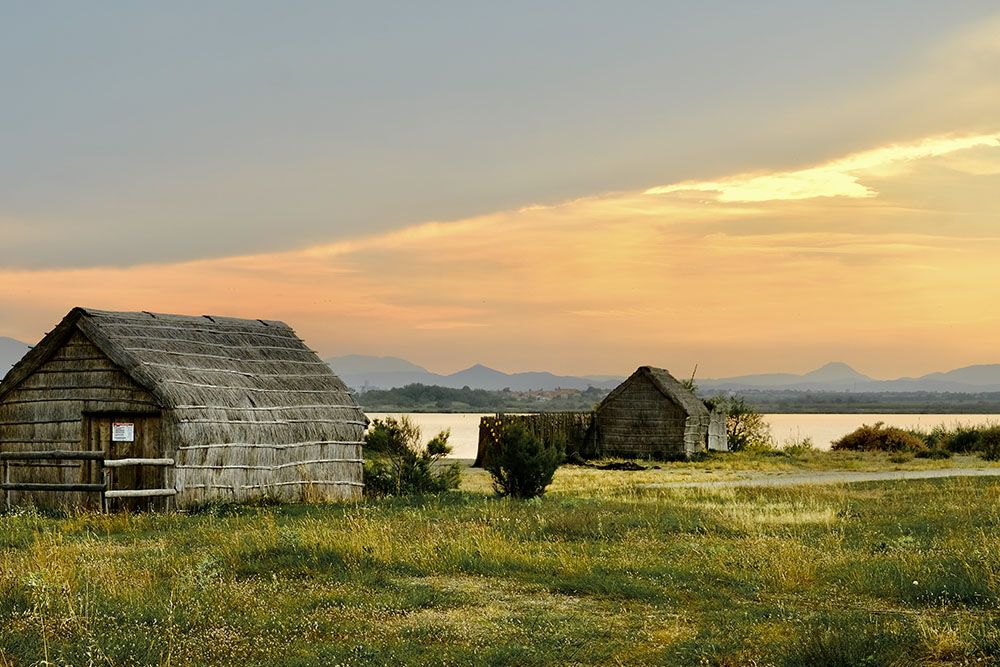
Canet-en-Roussillon: Lively Beach Resort with a Gastronomic Centre
As we drive from Saint-Cyprien to Canet-en-Roussillon, we pass a large lake: the Etang de Saint-Nazaire. Our attention is drawn to the thatched cottages that form a fishing village. The cottages have been restored, and the area boasts a unique flora and fauna. Later in the day, we experience a breathtakingly beautiful sunset here.
Upon entering Canet-en-Roussillon, it’s noticeable that this place is busier than our base in Saint-Cyprien. This is evident along the coast with the number of beach clubs and the crowds on the streets.
Fun fact: in 2024, this location will serve as the centre for the Olympic swimming competitions.
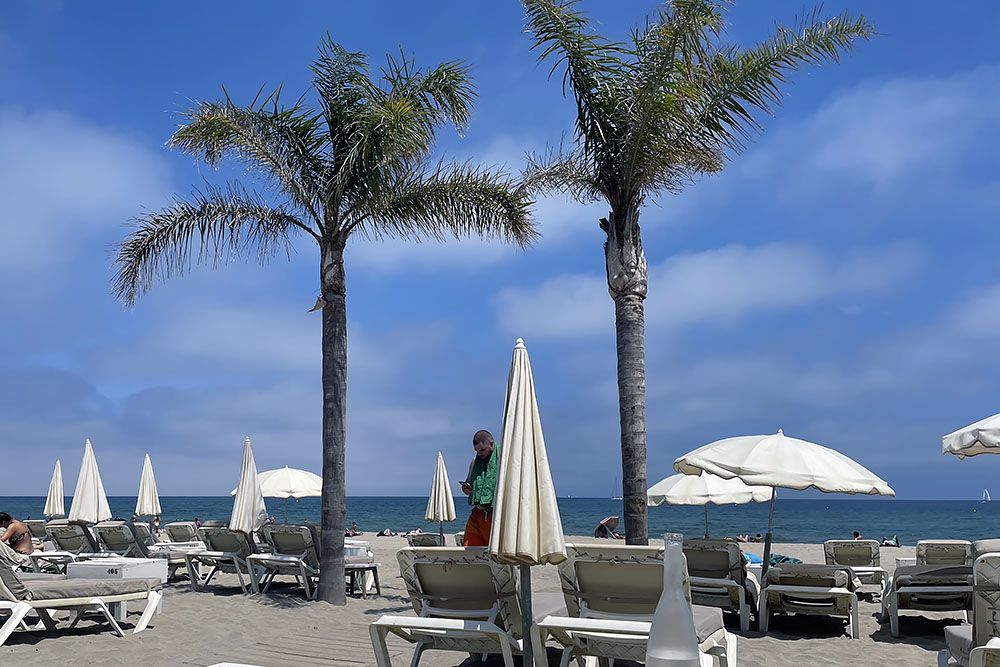
Gastronomy in Canet-en-Roussillon
We continue to the old town, which begins about a kilometre from the coast. There’s a lively atmosphere in the old centre, and we have to search for a parking space. Once found, we head towards the shops where the locals are busy doing their shopping.
At the butcher ‘Chez-Michel’, the proud butcher takes us to the place where the sausages are made. We leave the shop with a sausage shaped like an espadrille. Tapas in France!
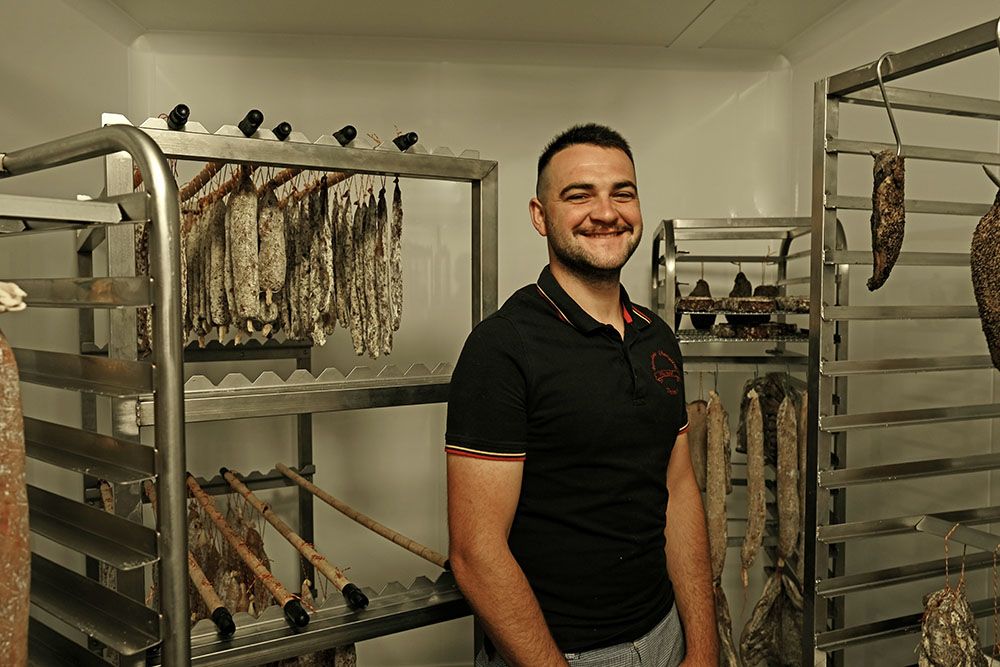
We walk to Chateau des Hospices, a wine producer located in a former hospital in the middle of the village. We taste rosé wine that has spent some time in the Etang Saint Nazaire. Thankfully, it’s still in the bottle, which has allowed for a softer flavour development. The bottles of this vintage certainly look well-aged. Wine is plentiful in the region, not just at the visited Chateau. The local wine merchant has a large collection of (including organic) Roussillon wines.
Also, be sure to visit the beautifully restored church of Saint-Jacques. It’s a Gothic church dating from the early 1500s. On the outside of the church, we see the traditional building style of this region, with a unique arrangement of stones and pebbles similar to those found in the old houses. The church once served as a resting place for pilgrims heading to Compostela. On a statue inside the church, you can find the shells that symbolise the pilgrimage.
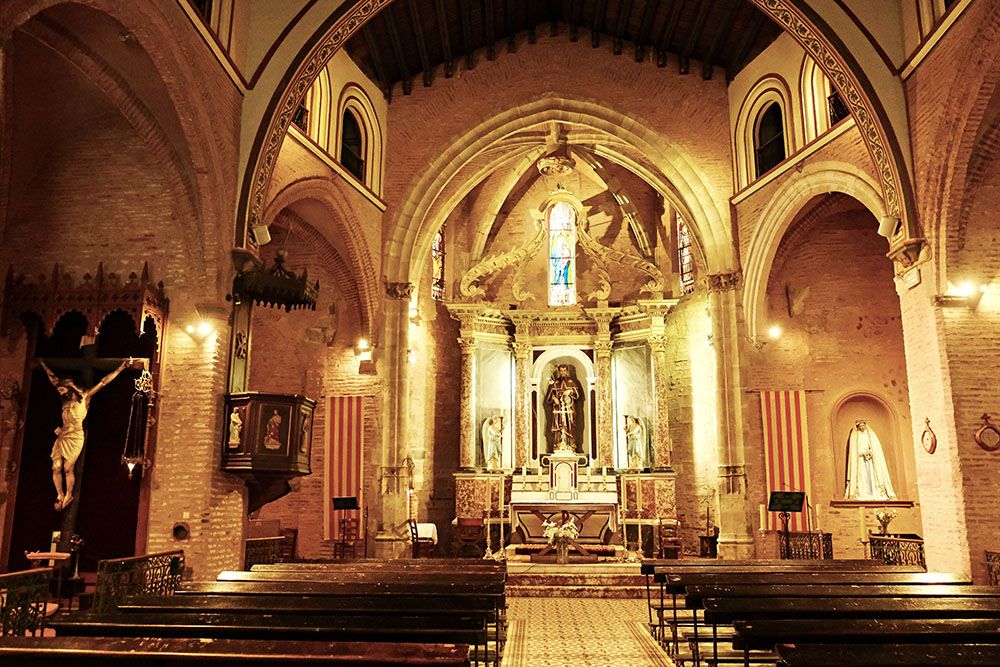
The Coast at Canet-en-Roussillon with the Sea Aquarium
Beach life here has led to the establishment of numerous beach clubs and accommodations for dining and overnight stays. It’s perfectly fine to relax in such a beach tent. Generally, you can enjoy good food there, and the – sometimes luxurious – sunbeds are comfortable. Fortunately, the sea water is already quite warm by early July.
We visit the aquarium located at the boundary of the harbour and the beach. It’s a beautiful and comprehensive museum. The tour begins at the top of the Canigou mountain. The summit of this mountain has been scaled down and recreated in this museum, serving as the starting point for the underwater world you can admire. With a drop from the aforementioned mountain, we travel through rivers into the marine world, which is displayed with corresponding fish at increasingly greater depths. Ultimately, we arrive in the world’s oceans and conclude at an impressive aquarium featuring various species of sharks.
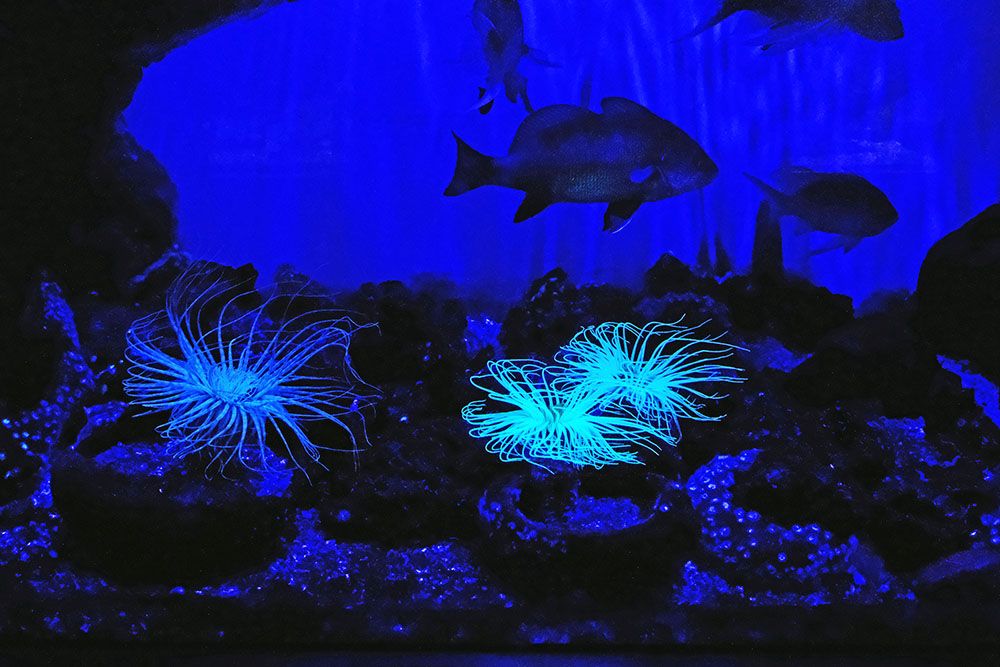
Day 5: Collioure, Picturesque Coastal Town on the Vermilion Coast
The next stop is Collioure, located south of Saint-Cyprien and Argèles-sur-Mer. The distance we cover today is not great, taking about an hour by car.
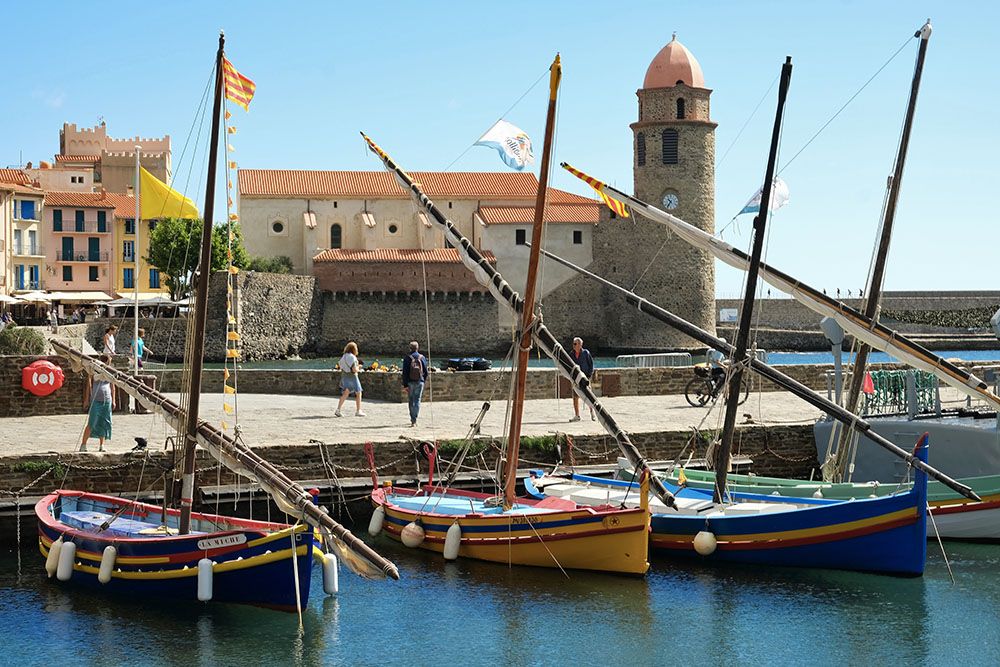
Collioure has such a strong appeal to tourists that it is quite popular. Nevertheless, the atmosphere remains relaxed. Music fills the streets, the service in the restaurants is friendly, and the town is enchantingly beautiful. In the evenings, when the day-trippers have departed, you experience a much quieter place. So, it’s worth staying overnight in one of the hotels. For a detailed description of the attractions, see our blog about Collioure and Banyuls.
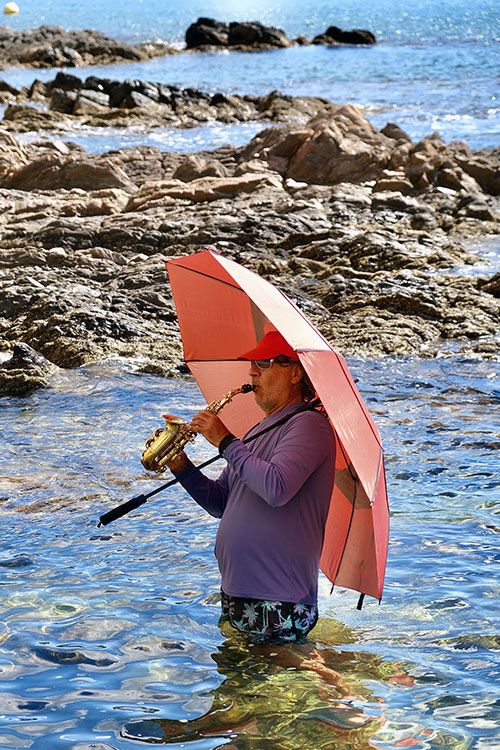
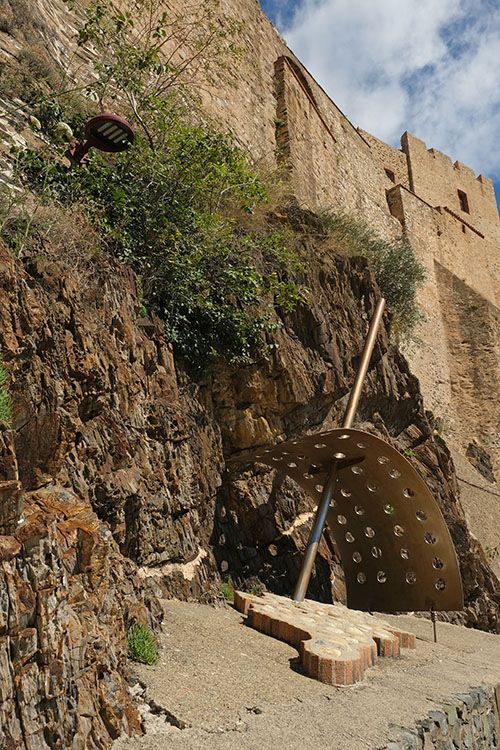
Days 6 and 7: Heading to the Pyrenees in French Catalonia
After our stay by the sea, it’s time to explore the nature of the French Pyrenees. We choose to visit Lac de Bouillouses, a true hiking region. The lake is about a two-hour drive from the coast, taking a route via Prades and leading you past Villefranche-de-Conflent.
As the travel time is a bit longer, we stay here for two days. The day of arrival can be used to explore the surroundings. On the second day, you’ll have time for a more challenging hike. Here, you’ll find several routes, including the legendary GR10, which runs between the west and east coasts. For a detailed description of the hiking options in this area, read our blog about our hike at Lac de Bouillouses.
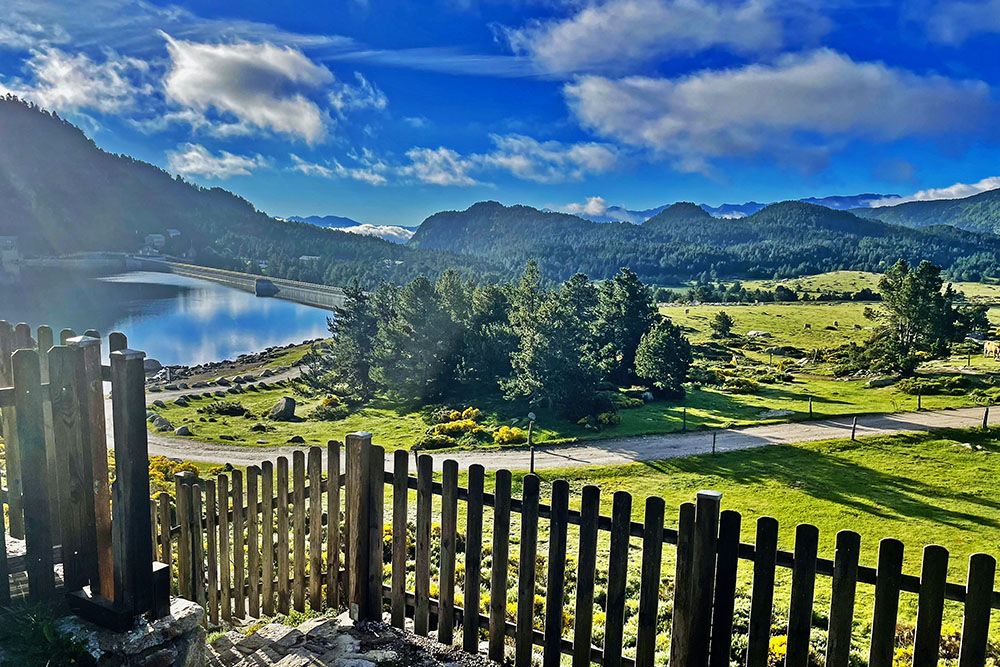
Day 8: Back in the Capital of French Catalonia
Today marks the end of our exploration of French Catalonia. You might enjoy doing some shopping in the centre of Perpignan or wandering further through the old town of Saint-Cyprien or Canet-en-Roussillon. Perhaps you’ll choose to spend another lovely day at the beach. Who knows, you might even hop on an electric water bike. In short, take the time to further experience the beautiful impressions and fall in love with this unique region in southern France.
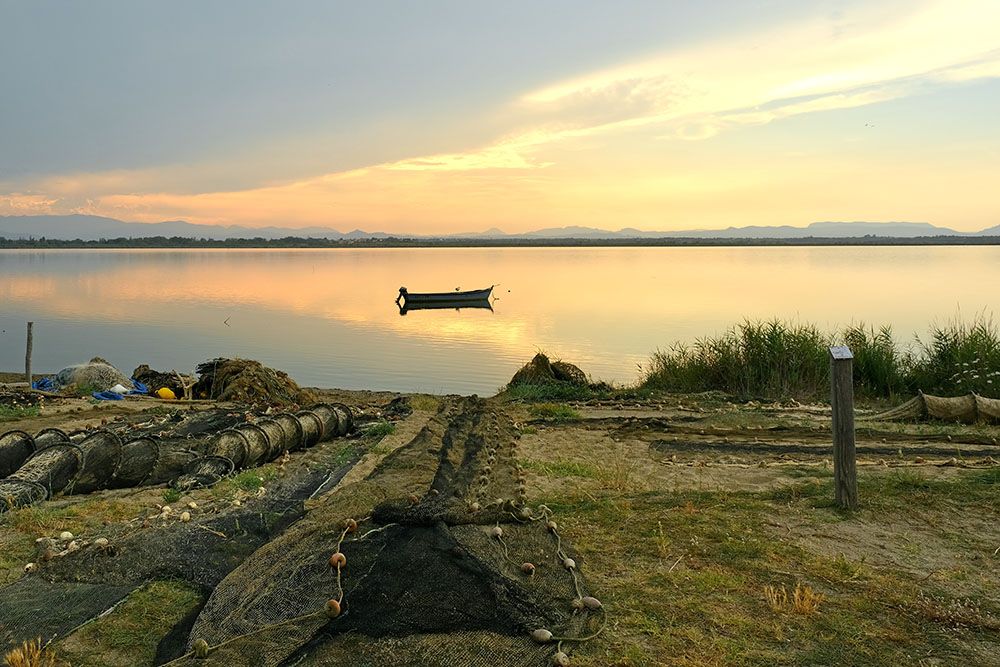
Route map of our round trip through French Catalonia
Answers to practical questions about visiting French Catalonia
The area lies in the former region of Languedoc-Roussillon between Perpignan and the border with Spain along the Mediterranean Sea. Inland, this region extends to Andorra in the Pyrenees. Another term used is Pyrénées-Orientales.
Many holidaymakers heading to Spain pass through Perpignan on their way to Barcelona by car. The city is also accessible by plane (direct flights from England and Ireland) or by train (Eurostar and TGV).
We have put together an eight-day itinerary. Of course, you can extend your stay wherever and whenever you wish. Due to the short travel distances, there is ample opportunity to use transfer days as sightseeing days.
- Perpignan: CASA SANSA. Other good restaurants in Perpignan.
- Saint-Cyprien: LE RÉCIF and Amourette Plage. Other good restaurants in Saint-Cyprien.
- Canet-en-Roussillon: Côté Plage Canet and Le Castell. Other good restaurants in Canet-en-Roussillon.
Top 6 activities from this round trip:
- Visit the old town of Perpignan
- Indulge yourself at a beach club on the beach of Saint-Cyprien or Canet-en-Roussillon (Canet)
- Take a cycling trip along the coast and visit the old towns of Saint-Cyprien and Canet-en-Roussillon
- Visit the fishing village between Saint-Cyprien and Canet at sunset for the best sunset photography
- Enjoy culinary surprises at the restaurants in Saint-Cyprien and Canet
- Go hiking at Lac du Bouillouses or at Canigou
- Perpignan: www.perpignantourisme.com/en/
- Saint-Cyprien: en.tourisme-saint-cyprien.com
- Canet-en-Roussillon: www.canet-tourisme.com/en/
- Collioure: www.visitcollioure.co.uk
- Hiking in the Pyrenees: https://www.tourism-mediterraneanpyrenees.com/
We visited French Catalonia at the invitation of the tourism offices of Perpignan, Saint-Cyprien, and Canet-en-Roussillon. The content of the blog is independently compiled based on personal experiences.

